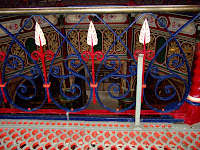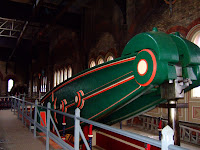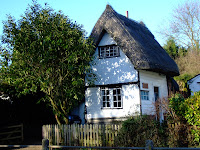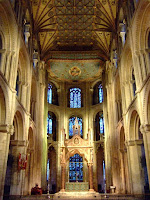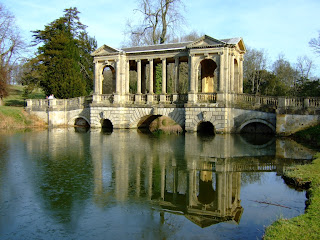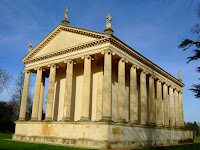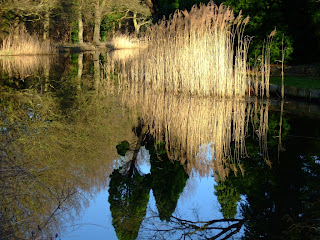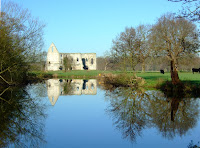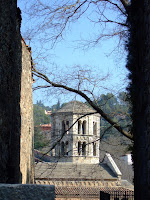 While in Morocco we met a gentleman from Gerona, as opposed to Two Gentlemen From Verona, and he highly recommended his hometown, especially the old city.
While in Morocco we met a gentleman from Gerona, as opposed to Two Gentlemen From Verona, and he highly recommended his hometown, especially the old city. As it happened, we were planning to visit Barcelona and the cheap airline we used, fly passengers destined for Barcelona into Girona airport (which is closer to France than Barcelona) so we decided to squeeze a day in Girona (as they spell it) into the schedule.
As it happened, we were planning to visit Barcelona and the cheap airline we used, fly passengers destined for Barcelona into Girona airport (which is closer to France than Barcelona) so we decided to squeeze a day in Girona (as they spell it) into the schedule. After flying in late at night and finally getting off to sleep in twin beds, we were awakened at 8am next morning by a concrete mixer, right outside our first-floor hotel room window. It wasn't possible to block it out, so we emerged to find a beautiful day. (The concrete mixer stopped soon after and did not appear to be used any other time of the day when we were near the hotel!)
After flying in late at night and finally getting off to sleep in twin beds, we were awakened at 8am next morning by a concrete mixer, right outside our first-floor hotel room window. It wasn't possible to block it out, so we emerged to find a beautiful day. (The concrete mixer stopped soon after and did not appear to be used any other time of the day when we were near the hotel!)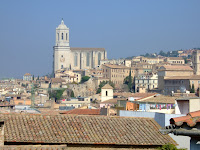 The most photographed sight in Girona is the old houses reflected in the river Onyar: they looked wonderful in the sunshine.
The most photographed sight in Girona is the old houses reflected in the river Onyar: they looked wonderful in the sunshine.We toured the Cathedral, which has the widest Gothic vault over the nave, the Arab baths, then walked along the extensive, restored, ancient city walls:
 a trip which provides wonderful views back over the multi-coloured tile roofs back to the Cathedral that dominates the skyline.
a trip which provides wonderful views back over the multi-coloured tile roofs back to the Cathedral that dominates the skyline.After a delicious salad at the River Café at the foot of the stairs to the Church of Saint Feliu, we started our afternoon wander around the old Jewish quarter, with its narrow winding streets and stairs, and on to a tour of the Monastery of Saint Pere de Galligants.

